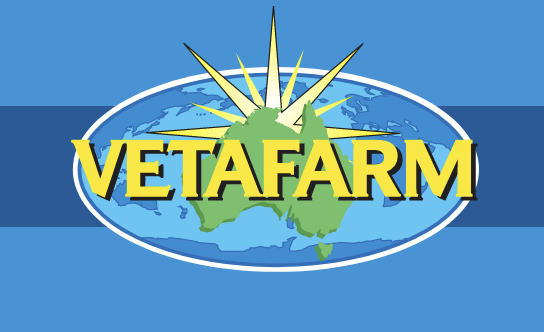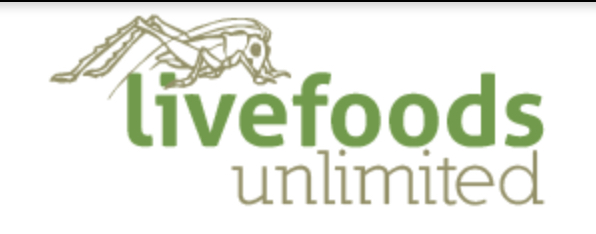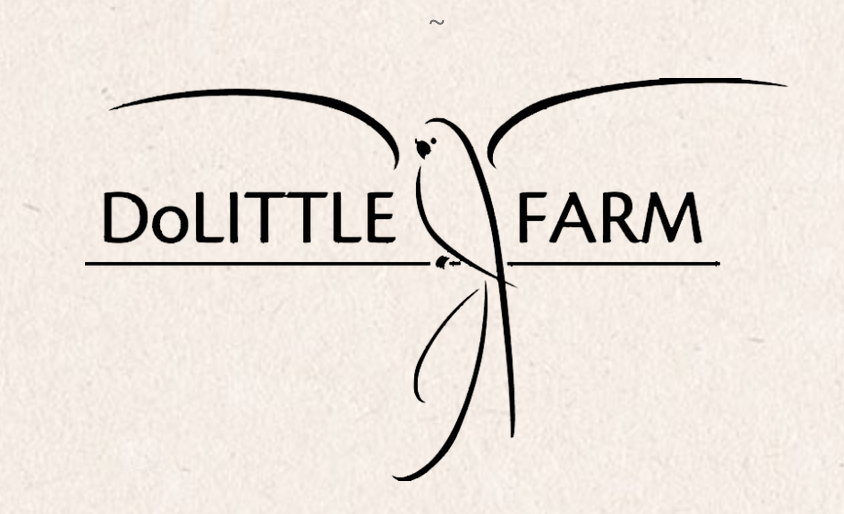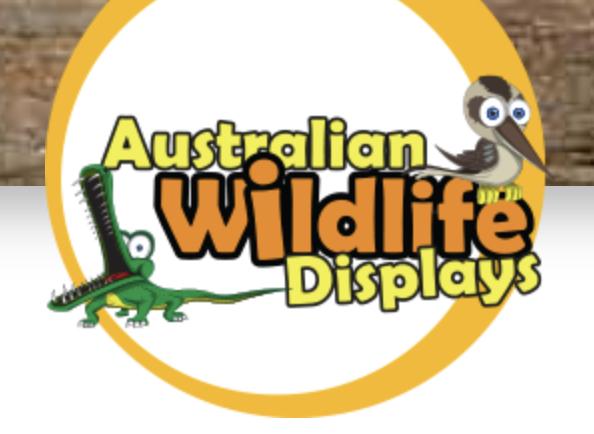The 2023 Sydney Royal Frog & Reptile Competition
Location: Hall 3, Pet Pavilion (Next to Showbag Pavilion), Sydney Showground, Homebush (enter through Gate 10 with your pass, which will be mailed to you prior to commencement of the show)
EASTER SHOW VENUE MAP
The following correspondence sets out the marshalling procedure for displaying your animal and it also provides you with the hygiene protocol all entrants must adhere to. Failure to adhere to these simple rules will result in disqualification of your animal and/or removal of any award.
Marshalling Procedure :
All finalists must present their animal for inspection between 7.30am and 8.00am on the 16th of April for Pythons, Frogs & Geckos, or 17th of April for Lizards, and Frogs & Geckos not present the day before. All animals must remain on display until 5.00pm that day. Removal of animals before this time will forfeit any winnings. No animals are to be removed from their enclosure during the show unless a member of the show staff is present.
We supply the enclosure, substrate, lighting and heat. You need to supply water, water container and unobtrusive perch if you want. Some keepers also prefer to bring their own light bulb to provide more light and heat than the 60w supplied. All enclosures use an edison screw fitting (E27).
Judging will take place between 8.15am and 9.15am. If in the unlikely event a judge requires closer inspection of your animal, you or your handler may be required to remove the animal from the enclosure.
If you are not the registered entrant of the animal, then you must have a letter of delegation from the registered entrant permitting you to handle the animal for the duration of the show.
Reptiles should be presented in a white or light-coloured cotton bag or pillowslip inside a ventilated sturdy clear plastic container with securely clipped on lid. Amphibians should be presented in a ventilated sturdy clear plastic container with securely clipped on lid. All bags and containers must be labeled so as to identify the owner.
Once your animal passes scrutineering, you will be provided with a number. This number corresponds to an enclosure within the Best in Show hall. You must proceed directly to this enclosure and place your animal in it. Lock the enclosure and retain one of the keys, and return the other key, clearly labeled with your name, to the scrutineers. The container that you brought the animal in can be stored underneath the trestle tables.
You will be supplied with an exhibitor pass and instructions on how to gain access to the showground before the show opens.
It is agreed by those that leave their animal unattended that the show organisers may be required to move the animal in certain circumstances.
It is a requirement that all animals be on display until close of show. If exceptional circumstances require early departure, please report to the show organisers.
We are expecting a large number of the general public to be circulating around the animals on display in the competition. Please present well, and be patient and courteous in answering any questions they might have about your animal. It would also be helpful if you could bring along a sign providing some information about your animal.
Hygiene Protocol :
All reptiles are to be brought to the show in a white or light-coloured cotton bag or pillowslip inside a ventilated sturdy clear plastic container with securely clipped on lid.
All reptiles will be inspected for mites or any obvious signs of disease before being allowed entry to the exhibition area.
Exhibitors will not be able to handle reptiles other than their own.
Reptiles are not to be removed from the cage until the end of the show, unless authorised by an official or veterinarian, appointed by the show committee.
Judges, officials, veterinarians or anyone handling animals should take care to keep their clothing and equipment clean, and disinfect hands between handling reptiles.
Any unauthorised person removing a reptile from a display cage will be asked to leave the show immediately.
All cages are to be cleaned in the following manner if not new: removal of all substrate and residual dust. Fine mist spray throughout entire enclosure, over light globe, light globe protector, inside & outside of glass front with Virkon or equivilant product. Wipe out interior with clean cloth, & wipe over with virkon damp cloth external surfaces of enclosure. Fill base of enclosure with clean new substrate. For optional additional measure fine mist spray with mite spray the interior of enclosure.
Cages should all be on the one level and not stacked. An exception will be made in the case of multiple entries in the same class being entered by the one exhibitor. A maximum of two cages may be stacked at any one time.
Breeders Choice®, Kritter's Krumble or butchers paper is to be used as a substrate. Other substrates are not acceptable.
Hygiene stations providing F10® or Virkon® spray will be available at strategic points (pre-show inspection table, inspection room and throughout the exhibition area) so that handlers can disinfect their hands immediately after contact with a reptile.
A veterinarian will be present or at least contactable by telephone during the course of the show.
A quarantine room will be available for close inspection or isolation of suspect reptiles.
A footbath containing a suitable disinfectant such as F10® or Virkon® shall be at the entrance to this room. Everyone entering or leaving the room shall use the footbath.
Reptiles can only be removed from a container once inside the examination room. Only owners, designated officials or the appointed veterinarian may handle the reptile. After handling a reptile, hands must be disinfected prior to leaving the room. The owner or those nominated by owner must be easily reachable or preferably to stay with the animal(s) for the duration of the show.
Appendix 1:
Quarantine and hygiene questions and answers
What diseases can be transmitted between reptiles at a show? Diseases include IBD (inclusion body disease), OPMV (ophidian paramyxovirus), other viral diseases, bacterial diseases (e.g. Salmonella spp.) and mites.
How are diseases transmitted? Contact (e.g. reptile to reptile, substrate, cage furniture), body fluids (saliva, air borne droplets, faeces), blood.
Mites
How can we minimize this spread? Limit the number of people handling reptiles. Prevent reptile to reptile contact. Ensure best practice quarantine and hygiene procedures.
Disclaimer:
Despite the best intentions no hygiene protocol will totally eliminate the risk of infection.
It is incumbent upon exhibitors and other participants to follow the above hygiene guidelines in order to minimise the spread of disease.
Bibliography:
- Hygiene protocol for the control of disease in captive snakes. Department of Environment and Conservation (NSW). 2004.
- Mader D, 2006. Reptile Medicine and Surgery, 2 nd edition. Elsevier, Marathon , Fl..
Acknowledgements:
The following people have provided much appreciated assistance and comments in the preparation of this document:
Veterinarians Dr Bob Doneley, Dr Michael Cannon, Dr Anne Fowler, Dr Jane Roffey, herpetologists Peter Johnson, and Anthony Stimson.
Robert Johnson BVSc MACVSc CertZooMed BA
South Penrith Veterinary Clinic
126 Stafford Street
South Penrith NSW 2750
T: 02 4721 4796
E: reptilevet@tpg.com.au
W: www.reptilevet.com.au
| 




